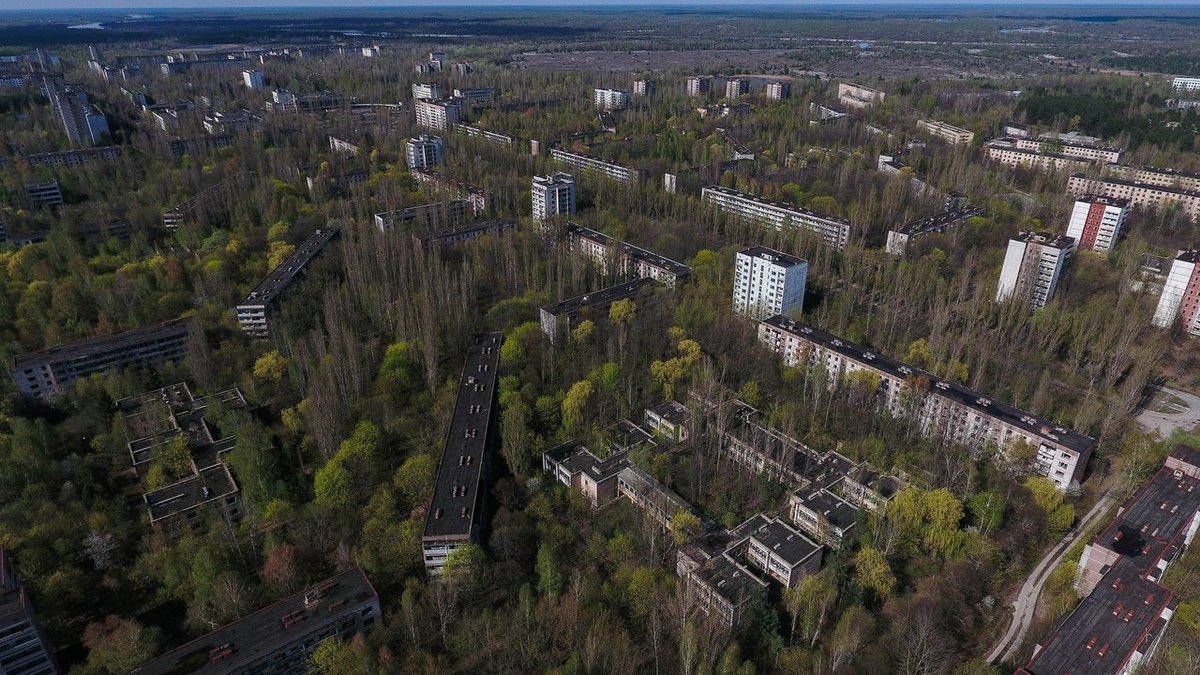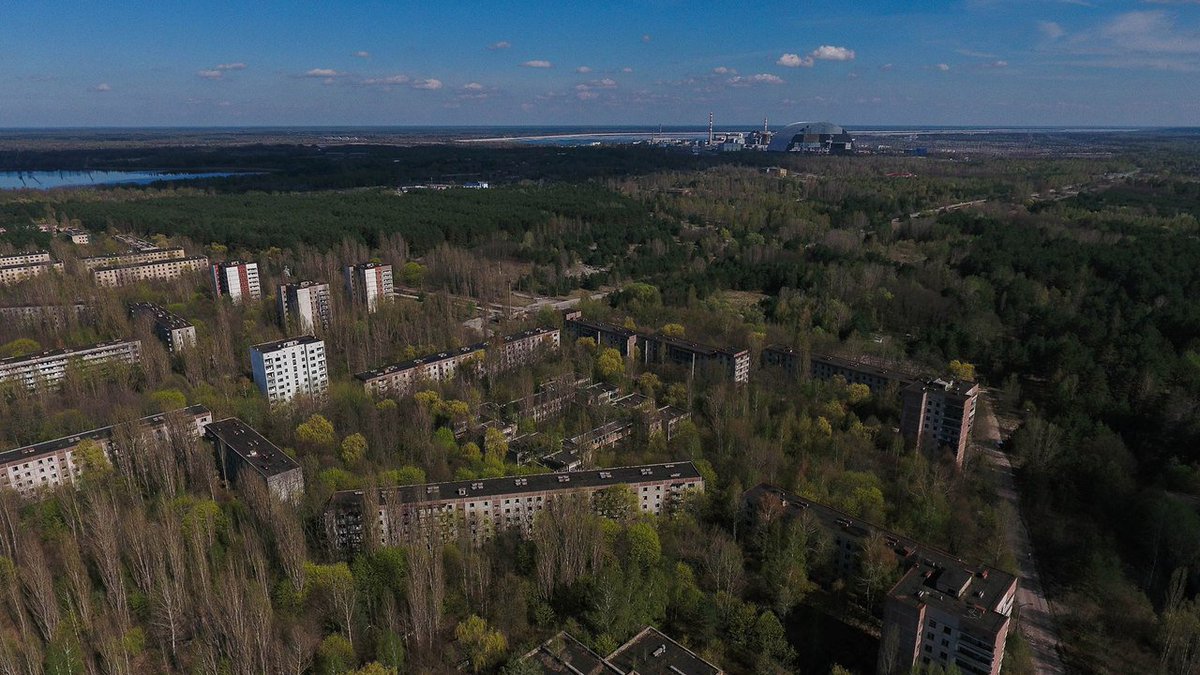- Joined
- Apr 18, 2013
- Messages
- 94,039
- Reaction score
- 82,283
- Location
- Barsoom
- Gender
- Male
- Political Leaning
- Independent
Chernobyl disaster 30 years later
Interesting pages that explain many different aspects of the 1986 nuclear disaster. Very nice pics and video's included.
Interesting pages that explain many different aspects of the 1986 nuclear disaster. Very nice pics and video's included.








